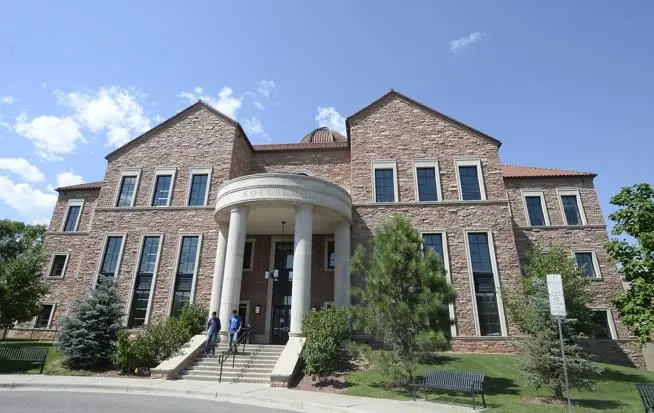Copyright Boulder Daily Camera

The University of Colorado campuses generated an economic impact of $12.2 billion across Colorado over the most recent fiscal year, up from $11.6 billion the year prior. The economic impact CU generates for the state was determined in a report issued annually by the Business Research Division of CU Boulder’s Leeds School of Business. The report was presented during the University of Colorado Board of Regents finance committee meeting on Wednesday. Of the $12.2 billion economic impact in fiscal year 2024-2025, which runs from July 1 to June 30, CU Boulder contributed $5 billion and CU Anschutz contributed $5.7 billion. The Denver campus generated $665 million, and the Colorado Springs campus generated $567 million. The CU System office contributed $245 million. The economic impact increased from $12.2 billion to $20 billion when the report considered the affiliate CU Anschutz hospitals, the University of Colorado Hospital and Children’s Hospital Colorado. CU directly employed a total of 51,848 people last year, including faculty, staff, students and temporary workers, with salaries, wages and benefits totaling $4.3 billion. “This places us as a top-five employer in Colorado,” Business Research Division Faculty Director Richard Wobbekind told the regents. The study included education, operations, research, clinical care, construction and student and visitor spending. It did not include economic impact driven by alumni or visits for football games or conferences. “We do have athletics included in the study, both from a revenue and an expense standpoint. All of that is included and modeled,” Business Research Division Executive Director Brian Lewandowski said. “The piece that we have left off is that we don’t know exactly who is visiting Boulder for the concerts and for the football games, where they come from or how much they spend. So that’s sort of a unique piece that we have left out of our study.” CU’s greatest economic impact regionally is at $7.1 billion, in the Denver metropolitan area, which, in the study, includes Denver, Arapahoe, Jefferson, Adams, Douglas, Broomfield, Elbert, Park, Clear Creek and Gilpin counties. The Boulder area saw a $4.2 billion impact, and the Colorado Springs area saw a $0.6 billion impact. The rest of the state saw a $0.3 billion impact.



